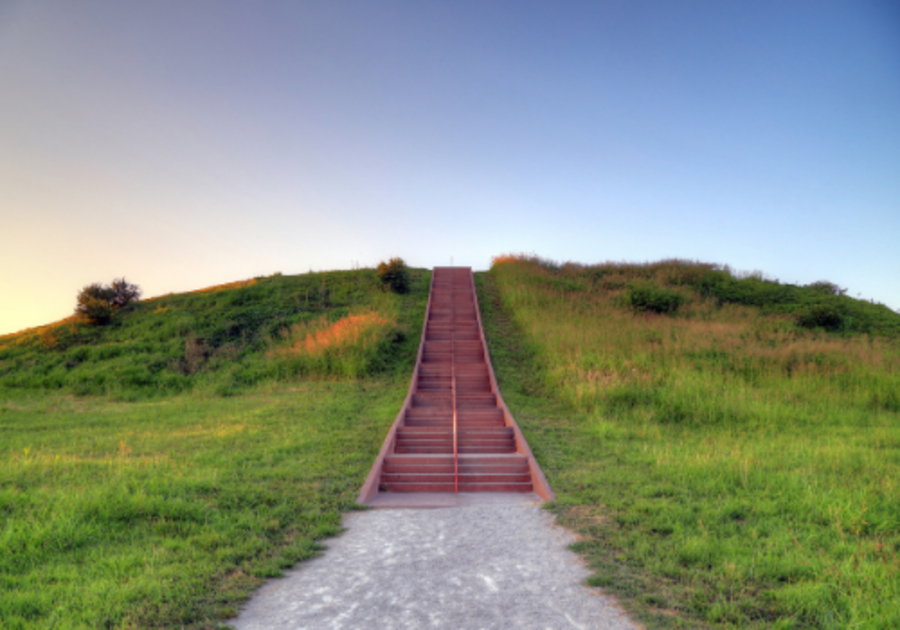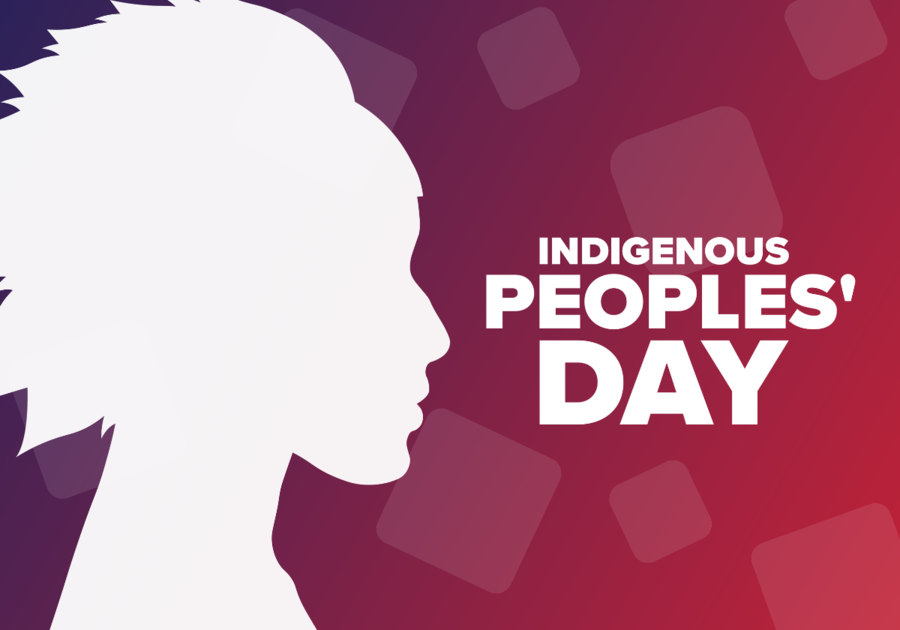From museum exhibits, public art, parks and the names of streets, town and more, the history and influence of Native American culture is all around us in Chicago and Illinois.
Here are some facts and resources if you are interested in learning more in recognition of Indigenous Peoples Day:
- A number of tribes have called this region "home" long before European settlers arrived. Some of those tribes are: Potawatomi, Sauk, Ojibwe, Illinois, Kickapoi, Miami, Delaware, Winnebago, and Menominee
- Chicago is home to the largest population of Native Americans in the midwest
- The Cahokia Mounds are about a 4.5 hour drive from Chicago, but this historic Native American site is a collection of 70 mounds across more than 2,000 acres of land near the Mississippi River. Check out the Cahokia Mounds site to plan a visit and learn more before you go!
- The American Indian Center (AIC) of Chicago is the oldest urban AIC in the United States and serves as an invaluable cultural and community resource and I encourage you to visit their site and see the variety of resources and events they host in the Chicago community.
Other Exhibits and Collections
The Field Museum offers permanent and temporary exhibits such as:
D-Day Warriors: American Indians in the Military
McCormick Halls of The Ancient Americas and Pawnee Earth Lodge
Mitchell Museum of the American Indian - located in Evanston this is one of the few museums that focuses solely on the history of Native Americans and First Nation Peoples in North America. Through their collections that showcase art, history and culture guests can learn first-hand about the Native American tribes. Although currently closed due to COVID-19 there are virtual events you can attend.
The Newberry offers an extensive collection at their Center for American Indian and Indigenous Studies Program and you can find recordings of past programs here.
The Art Institute of Chicago is home to thousands of works of art from the indigenous people of the Americas.
Public Art in Chicago
The Bowman and The Spearman - these statues have stood at Congress Plaza (Michigan Ave and Ida B Wells Dr) since 1928. Originally Daniel Burnham had suggested, in his 1909 Plan of Chicago, for two statues to stand there - one a Native American and the other a white pioneer - to symbolize the struggle between America's heritage and expansion.
The Alarm - is a statue in Lincoln Park depicting a male, femal and child of the Ottawa tribe which once called Illinois home
Kwanu'sila - this totem pole stands along Lake Shore Drive near Addison and is representative of the intricate carvings of tribes from the Pacific Northwest
Big Beaver - a 55' totem pole stands outside of the Field Musuem and depicts a story, The Beaver Hunt, from the carver's family.
Fort Dearborn Massacre Monument - this bronze statue, depicting Potawatomi Chief Black Partridge saving the wife of a U.S. army officer from attack in 1812. It originally stood at the site of the massacre (18th and Prairie Ave) before being moved to the Chicago History Museum and then back to the site. Since then I believe it has been in storage.
Defense - Often confused with the previous statue, Defense is a bas relief on the DuSable bridge tower and also depicts a scene fron the Battle of Fort Dearborn.
Additional Reading
https://www.fieldmuseum.org/blog/sioux-chef-reinvigorating-indigenous-food-systems
https://www.fieldmuseum.org/blog/not-so-simple-understanding-history-behind-columbus-day
http://interactive.wbez.org/curiouscity/chicago-native-americans/




